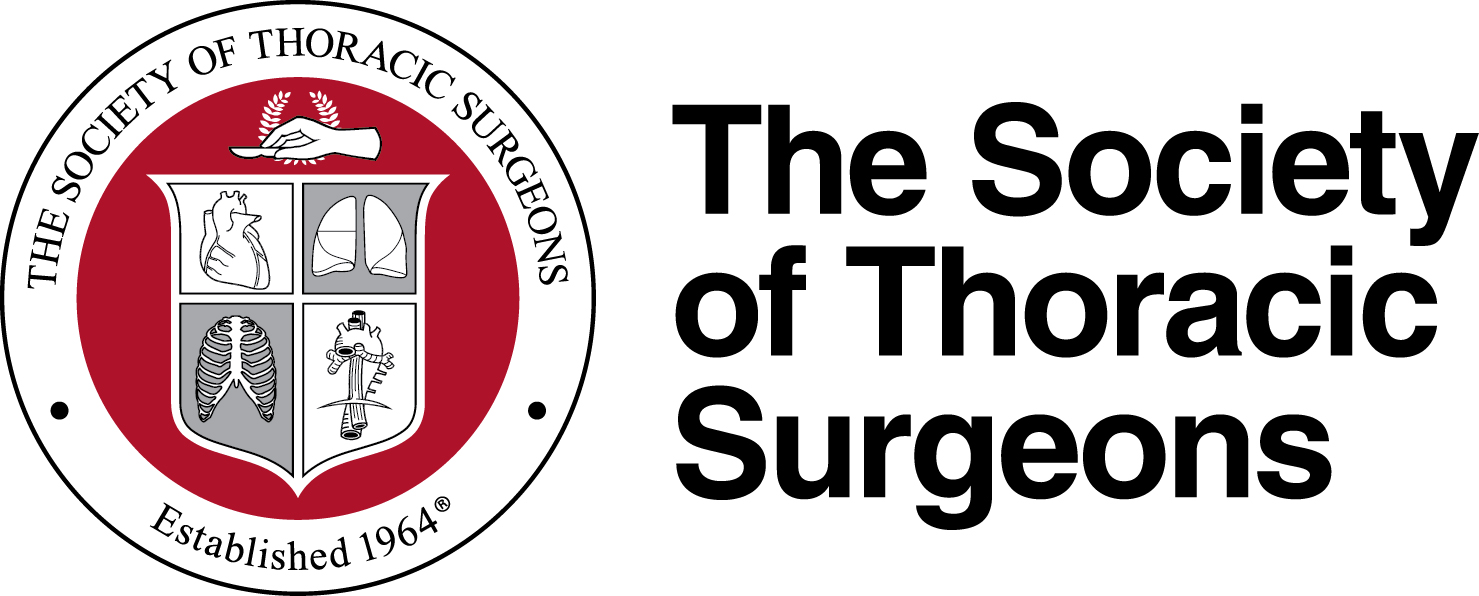Newswise — Chicago – Fewer patients undergoing aortic valve replacement (AVR) are being re-hospitalized in the year following surgery, indicating the surgery is safer and the recovery has become easier, according to an article in the February 2015 issue of The Annals of Thoracic Surgery.
“Aortic valve disease is common among older people and frequently requires valve replacement,” said Karthik Murugiah, MD, from Yale University School of Medicine in New Haven, Conn., who led the study. “Previous research has shown that 1-year survival after open AVR surgery is high, with 9 in 10 patients surviving. Our study focused on the experience of these survivors in terms of the need for hospitalization during the year following surgery.”
Dr. Murugiah and colleagues from Yale assessed trends in 1-year hospitalization rates, average length of stay, and adjusted Medicare payments per patient toward hospitalizations. Patients were older than age 65, enrolled in Medicare, underwent AVR between 1999 and 2010, and survived at least 1 year after surgery.
Among the 293,853 patients in the study group, three in five were free from hospitalization during the year following surgery, and 1-year hospitalization rates declined from 44.2% in 1999 to 40.9% in 2010. Roughly half of all hospitalizations occurred during the first 30 days after surgery, which indicates the need to monitor patients closely during this period of heightened risk. Average cumulative length of stay also decreased, from 4.8 days to 4.0 days.
Based on their findings, the researchers concluded that both the rates of hospitalization and the average total number of days spent in the hospital in the year following surgery have decreased throughout the last decade (1999 to 2010); however, certain subgroups (older patients, females, black patients, and those undergoing combined AVR and coronary artery bypass grafting surgery) had higher rates of hospitalization, which the researchers noted warrants increased attention.
“Overall, surgical valve replacement is becoming safer over time,” said Dr. Murugiah. “A study we conducted previously showed that over the last decade, 1-year survival after aortic valve replacement increased from 86% to 89%. Our present study shows that the majority of these survivors are free from hospital readmission and the need for hospitalization is continually decreasing.”
Importance of Reducing Hospital Readmission In an invited commentary in the same issue of The Annals, Edward B. Savage, MD, from Cleveland Clinic Florida in Weston, noted the importance of reducing hospital readmission rates. “This study adds to the existing literature showing that close follow-up can reduce complications and readmission,” said Dr. Savage. “While the causes of readmission in this study were multiple, the three most common were heart failure, arrhythmia [irregular heartbeat], and postoperative complications, all directly attributable to the primary operation.”
“Cardiac surgeons have been very successful at reducing immediate complications and mortality rates,” said Dr. Savage. “The next challenge is to anticipate these problems and reduce readmission rates and the associated costs. Hopefully the authors in future work can identify practice patterns that will successfully reduce readmissions.”
###
For a copy of the article or commentary contact Cassie McNulty at 312-202-5865 or [email protected].
Founded in 1964, The Society of Thoracic Surgeons is a not-for-profit organization representing more than 6,900 cardiothoracic surgeons, researchers, and allied health care professionals worldwide who are dedicated to ensuring the best possible outcomes for surgeries of the heart, lung, and esophagus, as well as other surgical procedures within the chest. The Society’s mission is to enhance the ability of cardiothoracic surgeons to provide the highest quality patient care through education, research, and advocacy.
The Annals of Thoracic Surgery is the official journal of STS and the Southern Thoracic Surgical Association.
